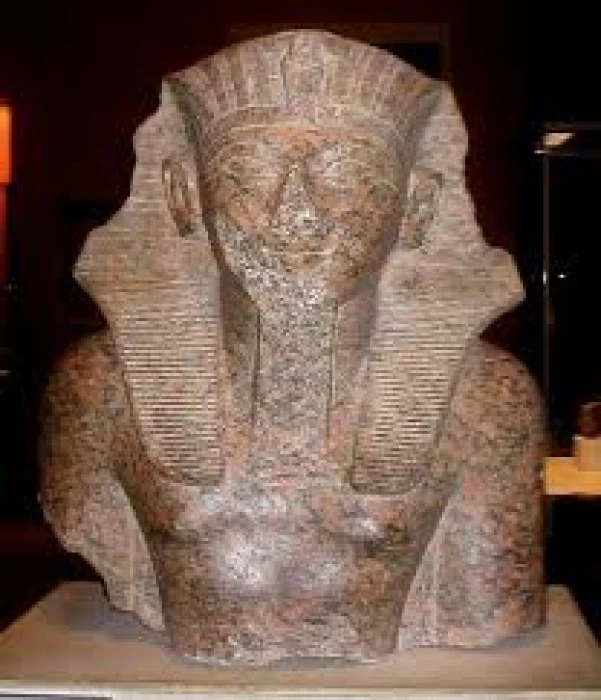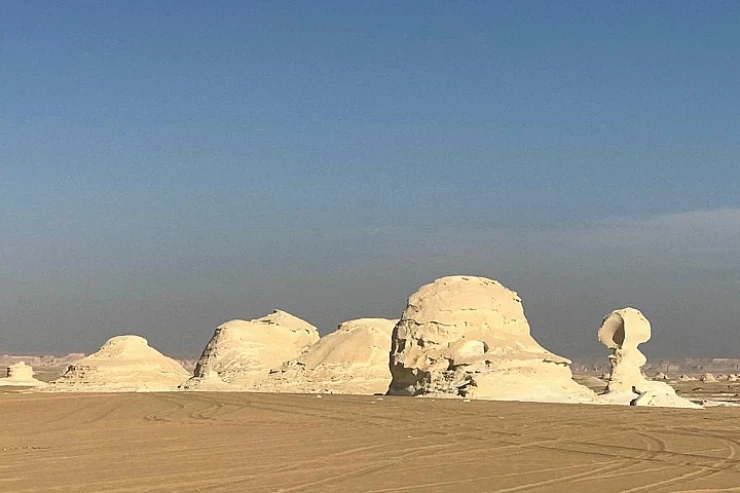
King Thutmose IV
Details about King Thutmose IV
King Tahmus IV was the son of King Amenhotbah II. King Amanhadh II had several children racing to succeed their father, the athletic pharaoh. Among the tricks of the arrival of King Tahmus IV to rule was that he claimed to have seen God Ra in his sleep.
The text states that "the Sphinx" spoke to Prince Thutmous and told him that if he removed the sand accumulated on his statue and kept it from his blindness, he would make him Egypt's next ruler. And this painting is proof that Tahmus IV was not the legitimate heir to the throne of Egypt.
He was competing with his brothers for the throne of Egypt, and that they were an obstacle to his assumption of the throne, creating a dream story as a kind of political propaganda for him to circumvent the throne of the country without the legitimate right of power, and he had already removed the sand from the great statue of the "Sphinx". He set up a wall around him, the effects of which are still lingering.
The last good deed of Thutmus IV was apparently the establishment of his grandfather's obelisk Thutmus III, which he inscribed and remained in place for thirty-five years, after which he ascended to heaven, and his reign was not more than eight months and nine years, as Maneton reminded us.
King Thutmus IV married Queen Nefertari, was the Queen of the 18th Family of Egypt, the first great royal wife of Pharaoh Thutmous IV, and also married the Queen "Death of M. Weah", whose name meant death in the Holy Ship. She was a secondary wife of the King.
Her importance in history came when she gave birth to King Thutmus IV and the Crown Prince. "Naked", there are no children known to the Queen, and he married a princess from Mettani as a consolidation of relations between Egypt and Mettani.
















